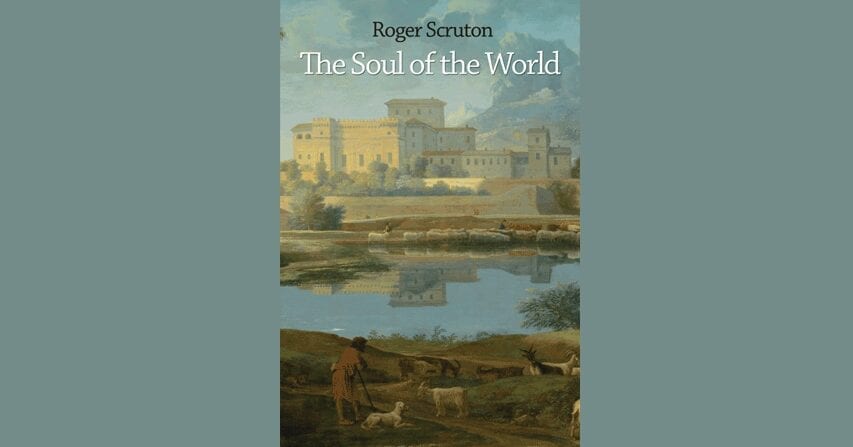In Roger Scruton one finds a man in turn both dull and fascinating, occasionally brilliant and occasionally repulsive. He is – gasp – a known conservative, who has – gasp – previously written uncomplimentary things apropos homosexuality. Nonetheless, if you can prize from deep within the socially liberal heart some curiosity and pick up the works of such a capricious old fool, this book is fascinating.
When reading philosophy such as this, it is best not to try to fully understand all of it, at least not on first reading. Rather, this book revealed itself to me in little epiphanies and rather gently and slowly began to grab the lapel of my psyche and shake it.
For believing as I do – and as, let’s face it, nearly all of us do – that there is no God, I was unsure what I was to garner from an affirmation of the sacred in the modern world. But what is to be found in Scruton’s pages is not a passionate and evangelical defence of the Christian approach to the sacred – barring maybe the first and final chapters. Rather, Scruton reveals that which we secular materialists have scarcely bothered to inspect.
We know (of course we know) that a kiss between lovers, a Bach chorale or the architecture of churches is more than simply a composite of its contingent material elements; Scruton takes this vague and unthinking presumption and provides for it a convincing explanation.
The philosopher explains firstly that Darwinian science cannot be allowed explain away the phenomena of transcendental experience of art. This is a reduction of our consciousness to little other than a supremely effective survival mechanism. Even Schopenhauer and John Gray, two of the most fantastically depressing philosophers ever to live, did not quite go that far, both proclaiming the virtues of great art. Scruton then reveals to us his theory of ‘cognitive dualism’, whereby we must, and largely do, consider these things in two separate and parallel realms of our consciousness.
The first realm is the realm of the ‘lived world’ – of actual material goings on. The second is the ‘lebenswelt‘, or life-world, and this is the plain on which the interpretation of the experience of the lived world is transcribed into meaningful and important food for the soul.
He uses the example of music. In the lived world a melody is no more than the vibrations of air at specific frequencies in a sequence preordained by ink markings on a stave. When this material interaction is, to put it simply, processed by the lebenswelt, it is given its feeling of movement and of emotional potency.
This is not an earth-shattering idea; it doesn’t seek to disturb the reader or drastically alter one’s outlook. It is however, oddly obstreperous in the readers quotidian thinking, like all good books. The idea of the lebenswelt seems to stroke with a feather-duster that mass of neurones where the old religious impulse lies wheezing and coated in spiders webs. Whenever we put on some music or even look at the facial expressions of those with whom we engage every day, a new way of processing those events can be exercised.
For example, on blushing, Scruton says that ‘a blush is a recognition that the glance which originated at a horizon where you are has touched a horizon within me’. I’ll be giving prizes to anyone who can look at me ‘I to I’ (as Scruton says) and say that they have heard a more beautiful phrase than that all week.
Words by Sam Fuller
